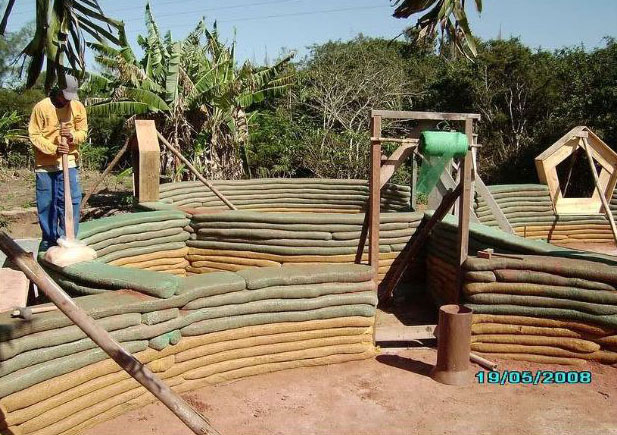
Breaking News
 Side Effects Of 30 Antidepressants Ranked And Compared: Lancet Study
Side Effects Of 30 Antidepressants Ranked And Compared: Lancet Study
 Trump Considering Executive Order To Reclassify Marijuana
Trump Considering Executive Order To Reclassify Marijuana
 BREAKING EXCLUSIVE: Researchers Review Candace Owens' Claim That Egyptian Aircraft...
BREAKING EXCLUSIVE: Researchers Review Candace Owens' Claim That Egyptian Aircraft...
 BREAKING EXCLUSIVE: MTG Tells Alex Jones The White House Knows They Are Going To Lose...
BREAKING EXCLUSIVE: MTG Tells Alex Jones The White House Knows They Are Going To Lose...
Top Tech News
 This tiny dev board is packed with features for ambitious makers
This tiny dev board is packed with features for ambitious makers
 Scientists Discover Gel to Regrow Tooth Enamel
Scientists Discover Gel to Regrow Tooth Enamel
 Vitamin C and Dandelion Root Killing Cancer Cells -- as Former CDC Director Calls for COVID-19...
Vitamin C and Dandelion Root Killing Cancer Cells -- as Former CDC Director Calls for COVID-19...
 Galactic Brain: US firm plans space-based data centers, power grid to challenge China
Galactic Brain: US firm plans space-based data centers, power grid to challenge China
 A microbial cleanup for glyphosate just earned a patent. Here's why that matters
A microbial cleanup for glyphosate just earned a patent. Here's why that matters
 Japan Breaks Internet Speed Record with 5 Million Times Faster Data Transfer
Japan Breaks Internet Speed Record with 5 Million Times Faster Data Transfer
 Advanced Propulsion Resources Part 1 of 2
Advanced Propulsion Resources Part 1 of 2
 PulsarFusion a forward-thinking UK aerospace company, is pushing the boundaries of space travel...
PulsarFusion a forward-thinking UK aerospace company, is pushing the boundaries of space travel...
 Dinky little laser box throws big-screen entertainment from inches away
Dinky little laser box throws big-screen entertainment from inches away
 'World's first' sodium-ion flashlight shines bright even at -40 ºF
'World's first' sodium-ion flashlight shines bright even at -40 ºF
Hyperadobe Step-by-Step

The big difference between the two is that Superadobe uses woven polypropylene bags with barbed wire between the layers, whereas Hyperadobe uses a knit raschel, the same material used in packaging fruit. This leads to less cost compared to the poly bags.
Raschel is a knitted fabric which resembles hand crocheted fabrics, lace fabrics, and nettings. Raschel warp knits contain inlaid connecting yarns in addition to columns of knit stitches.
The raschel need not be burned to receive the plaster; Fernando works it as a "roughcast" to receive natural plaster. With vertical walls there is no need for barbed wire between the layers because with the open netting the soil of the bottom layer is merged with the new layer above.
The dream begins with site selection and marking the floor.
Foundation construction using forms that allow curves.
Here the foundation has been poured. The entrance frame was set into place before laying the Hyperadobe.
The layers of Hyperadobe begin with the soil chosen for the work, which is generally about 70% sand and 30% clay, but this can vary. It must have a good moisture content, neither too wet nor too dry, and this comes with practice.
To facilitate the placement of the netting, it is necessary to support a coil above the funnel. Four hands are best. The ideal is to have two funnels so that when you finish one the other is ready to go.
We developed a shoulder strap to make it easier to hold the funnel.
The funnel should be held with both hands at chest height. Roll out a little of the bag, fold the tip in your direction near where the layer will start. Step on the tip to dispense the soil at this point so you have full control of the material.



